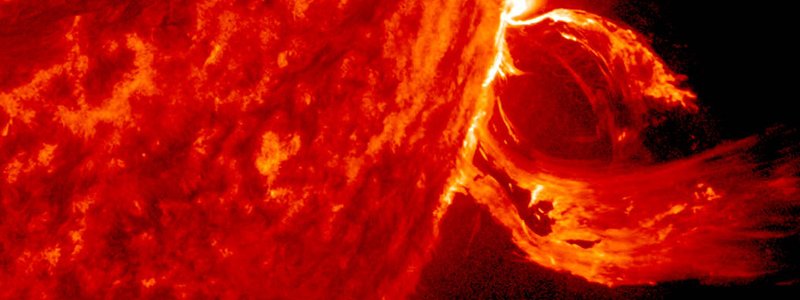Commemorating the 30th anniversary of discovery of Supernova 1987A, NASA has released images, time-lapse movies, an animation, and three-dimensional model for people to explore the supernova like never before.
The Supernova 1987a was spotted by three decades ago and it was the brightest exploding star in more than 400 years. This massive supernova blazed with the power of 100 million suns for several months following its discovery on February 23, 1987. NASA has combined data from the Hubble Space Telescope, Chandra X-ray Observatory, and the international Atacama Large Millimeter/submillimeter Array (ALMA) providing everyone interested with tools to explore the SN 1987A like never before.
Since 1990, the Hubble space telescope has been observing the SN 1987a and accumulating hundreds of images, and Chandra began observing SN 1987A shortly after its deployment in 1999. ALMA, a powerful array of 66 antennas, has been gathering high-resolution millimeter and submillimeter data on SN 1987A since its inception.
The latest data from these powerful telescopes indicate that SN 1987A has passed an important threshold. The supernova shock wave is moving beyond the dense ring of gas produced late in the life of the pre-supernova star when a fast outflow or wind from the star collided with a slower wind generated in an earlier red giant phase of the star’s evolution. What lies beyond the ring is poorly known at present, and depends on the details of the evolution of the star when it was a red giant.
Supernovas such as SN 1987A can stir up the surrounding gas and trigger the formation of new stars and planets. The gas from which these stars and planets form will be enriched with elements such as carbon, nitrogen, oxygen and iron, which are the basic components of all known life. These elements are forged inside the pre-supernova star and during the supernova explosion itself, and then dispersed into their host galaxy by expanding supernova remnants. Continued studies of SN 1987A should give unique insight into the early stages of this dispersal.




